
The Power of Email Marketing in the Digital Age
Email marketing remains one of the most potent digital marketing channels, delivering an unmatched return on investment when executed smartly. From startups in Singapore to global enterprises, businesses investing in sophisticated email strategies have witnessed exponential growth in brand awareness, customer engagement, and revenue generation. Over my two decades of consulting, guiding companies from grassroots to multimillion dollars in revenue, I have uncovered pivotal techniques that significantly boost email open rates, click-through rates (CTR), and simultaneously reduce unsubscribe rates.
Understanding Email Open Rates: The First Touchpoint
The email open rate reflects the percentage of recipients who open your emails. A high open rate means your subject lines and sender details piqued enough curiosity or trust to prompt a first-level engagement. However, the complexity lies in the fact that open rates are often underreported due to image-blocking and privacy settings. Thus, while it's a critical metric, it must be considered alongside CTR and engagement data.
Lessons From Real Campaigns: A Singapore-based E-commerce Example
One of my clients, a Singaporean e-commerce start-up specializing in eco-friendly household goods, initially struggled with a 12% open rate. By implementing strategic personalization and rigorous A/B testing of their subject lines, their open rates soared to 36% within three months, a remarkable improvement that translated directly into increased sales and brand visibility.
Key Strategies to Boost Open Rates
- Personalization Beyond the Name: Use recipient data such as purchase history, location, or preferences. For instance, referencing Singapore's tropical weather in the copy or subject line (e.g., “Stay cool this humid season, {{FirstName}}!”) can increase relevance and open likelihood.
- Compelling Subject Lines: Craft curiosity-driven, benefit-oriented, or urgent subject lines. E.g., “Last chance to claim your SGD 20 eco-bonus!”
- Optimize Send Times: Data shows emails sent mid-week between 10 AM to 12 PM local time tend to yield higher opens. However, test for your audience’s unique behavior.
- Consistent and Recognizable Sender Name: Ensure the 'From' field reflects a trusted brand or individual (e.g., "Sarah from GreenEarth Singapore"), which builds trust and familiarity.
- Mobile Optimization: Over 60% of emails are opened on mobile devices. Subject lines should be concise (around 40–50 characters) to avoid truncation.
Click-Through Rates: Driving Action Beyond the Open
While a good open rate indicates initial interest, the click-through rate measures actual engagement—the listener taking the next step. Boosting CTR is crucial for converting passive readers into active customers.
Case Study: SaaS Company in Singapore Achieving 8% CTR
For a B2B SaaS provider catering to Singaporean SMEs offering productivity tools, the initial CTR hovered at 2%. Through targeted segmentation and dynamic content that showcased ROI calculators and interactive demos, CTR increased to 8% within six months, dramatically increasing free trial sign-ups and customer acquisition.
Proven Tactics to Enhance CTR
- Clear and Attractive Call-to-Actions (CTAs): Use action verbs and value-driven wording, e.g., “Start Your Free Trial – No Credit Card Needed” or “Unlock SGD 50 Savings Now!”
- Use of Visuals and Interactive Elements: Including GIFs, buttons, or embedded videos enhance engagement. In the SaaS case, a GIF walkthrough of software features led to a 20% uplift in clicks.
- Segmentation and Dynamic Content: Sending highly relevant offers tailored to the recipient’s industry or interests ensures higher CTR.
- Leverage Social Proof: Testimonials, reviews, and case studies embedded within emails can build credibility and motivate clicks.
- Employ Behavioral Triggers: For example, follow-up emails based on website activity (abandoned cart, webinar attendance) yield higher CTR due to contextual relevance.
Reducing Unsubscribe Rates: Retaining Your Hard-Earned Audience
An often overlooked, yet critical metric is the unsubscribe rate. A high unsubscribe rate signals misalignment between expectations and the email content, risking damage to reputation and deliverability.
Reflections From a Retail Brand in Singapore
A luxury retail brand faced nearly 1.5% unsubscribe rates, a red flag given industry averages hover around 0.2–0.5%. By revaluating their email frequency, offering preference centers for recipients to tailor content types and frequency, and introducing exclusive loyalty program perks, the brand reduced unsubscribes to 0.4%, while simultaneously increasing engagement and revenue.
Effective Approaches to Minimize Unsubscribes
- Email Frequency Management: Avoid over-mailing. Testing frequency and enabling recipients to select their preferred cadence can prevent fatigue.
- Preference Centers: Allow subscribers to decide what content they want and how often. This strategy empowers users and reduces frustration.
- Content Quality and Relevance: Deliver value consistently. Irrelevant or spammy content prompts opt-outs.
- Engagement-Based Cleaning: Regularly remove inactive subscribers or place them on re-engagement campaigns before removing completely.
- Transparent Opt-Out Process: Make unsubscribing simple; a difficult opt-out can create a negative brand impression.
Table: Benchmark Email Metrics from Various Industries in Singapore Market
| Industry | Average Open Rate | Average Click-Through Rate | Average Unsubscribe Rate |
|---|---|---|---|
| E-commerce | 25%–35% | 3%–5% | 0.5%–0.8% |
| B2B SaaS | 20%–30% | 4%–8% | 0.3%–0.6% |
| Retail & Luxury | 22%–28% | 2%–4% | 0.4%–1.0% |
| Travel & Hospitality | 18%–25% | 2%–3% | 0.6%–1.2% |
| Financial Services | 23%–33% | 3%–6% | 0.3%–0.5% |
Innovative Tools and Approaches I Recommend
Through extensive experience, I’ve found that integrating technology intelligently enhances email performance. Here are some robust tools and approaches I have championed across diverse clients:
- AI-Powered Personalization Engines: Tools that analyze customer data to deliver custom product recommendations or subject line variants. For instance, using AI-driven subject line optimization increased conversion rates by upwards of 15% in logistics client campaigns.
- Advanced Behavioral Segmentation: Platforms capable of deep behavioral analytics (e.g., Klaviyo, HubSpot) which allow campaigns triggered by precise user actions.
- A/B and Multivariate Testing: Continually test every variable—subject lines, CTA buttons, images—to understand what resonates best.
- Localization: For markets like Singapore with a diverse demographic, localizing language, culture references, and pricing (always mentioning SGD, for example) enhance relevance.
- Deliverability Monitoring and Reputation Management: Use tools like 250ok or Postmark to monitor email reputation to avoid spam folders.
Monetizing Email: From Connection to Conversion
Leveraging improved open and CTR rates into revenue streams is fundamental. Here are some monetization methods that have propelled client revenues into the millions SGD annually:
- Exclusive Email-Only Offers: Offering discounts or bundles exclusive to email subscribers fosters loyalty and urgency.
- Upsell and Cross-Sell Campaigns: Target customers based on previous purchases with relevant supplementary products, improving average order value.
- Membership and Subscription Models: Encouraging sign-ups for memberships with perks exclusively marketed via email.
- Timed Promotions and Flash Sales Coordinated Through Email: I advised a regional apparel client to use timely flash sales announced via segmented emails, resulting in a 40% spike in sales during the campaign period.
Emerging Trends to Watch
The landscape of email marketing continuously evolves. Being on the cutting edge boosts competitive advantage. Some emerging trends I emphasize to clients include:
- Email Accessibility: Optimizing for screen readers and accessible design is increasingly crucial.
- Interactive Emails: Leveraging AMP for emails to enable real-time interactions without leaving the email client.
- Privacy Compliance and Data Ethics: With tightening regulation in Singapore and globally (e.g., PDPA, GDPR), transparent and ethical data use strengthens subscriber trust.
- Integration with Omni-Channel Strategies: Email should seamlessly integrate with social media, SMS, and offline campaigns.
- Use of VR and AR in Email: Though emergent, select brands are experimenting with AR experiences embedded through email.
Practical Checklist for Business Owners Starting Email Marketing Campaigns
- Define clear goals: subscriber growth, sales conversions, or engagement boosts.
- Build and maintain a high-quality email list using opt-in forms with value propositions.
- Segment your audience based on demographics, behaviors, and purchase history.
- Craft concise, personalized, and compelling subject lines reflecting your brand’s tone.
- Design mobile-friendly, visually attractive email templates with prominent CTAs.
- Schedule your sends based on data-driven optimal times for your target audience.
- Continuously analyze campaign data – opens, clicks, conversions, and unsubscribe rates.
- Perform A/B tests regularly to refine and improve elements like subject lines and CTAs.
- Incorporate automation for drip campaigns and behavioral triggers to nurture leads.
- Maintain compliance with Singapore’s PDPA and other relevant privacy laws.
- Invest in reputable email marketing platforms compatible with integration capabilities.
By systematically adopting these strategies and maintaining an obsessive focus on delivering value and relevance, businesses can turbocharge the efficacy of their email marketing campaigns, driving sustained revenue growth well into the millions SGD and beyond.
Advanced Segmentation Techniques: Tailoring for Maximum Impact
Segmentation is no longer a luxury but a necessity in crafting successful email campaigns. Early in my career, I worked with a Singaporean fintech startup that initially blasted generic emails to their entire subscriber base. This resulted in stagnant open rates (~18%) and discouraging unsubscribe rates (~1.2%). After transitioning to multi-layered segmentation—including job roles, company sizes, and engagement history—their open rates climbed to 38%, CTR doubled to 7%, and unsubscribe rates dropped below 0.4%. This granular approach allowed messaging to resonate deeply with niche audiences.
Segmentation Variables to Consider:
- Demographics: Age, gender, location (even city or neighborhood level within Singapore for hyper-localized offers).
- Behavioral Data: Past purchases, email engagement (opens, clicks), website browsing patterns.
- Lifecycle Stage: New subscribers, active customers, lapsed users.
- Device Preferences: Mobile vs desktop readers might require stylistic adjustments.
- Psychographics: Interests, lifestyle preferences, values – especially effective in sectors like luxury retail.
Personalization at Scale: The Magic Ingredient
Simply inserting the recipient's first name is no longer sufficient. To transcend the noise, emails must feel genuinely crafted for the individual. For example, in my consultancy with a fashion brand targeting Singapore’s expatriate community, we implemented AI-backed personalization that recommended items based on prior purchases, current seasonality, and upcoming public holidays specific to Singapore (think National Day fireworks-themed collections). This enhanced engagement by 25% and delivered a 35% lift in conversion rates.
Building Blocks of Effective Personalization
- Dynamic Content Blocks: Sections within the email that adapt based on user data.
- Behavioral-Based Triggers: Tailored messaging triggered by browsing or purchase activity, e.g., abandoned cart reminders with relevant product images and incentives.
- Send-Time Personalization: Deliver emails at times individual users are most active.
- Localized Messaging: Featuring local events or trends that resonate with the target region, such as Singapore’s Great Singapore Sale.
Optimizing Subject Lines: The Gateway to Opens
Subject lines are the gateway to engagement and must strike a balance between curiosity, clarity, and urgency. A memorable example from my experience: a Singapore-based wellness client used a subject line "Refresh Your Mind & Body This Hari Raya – Exclusive SGD 15 Discount" during the festive season. This culturally relevant and time-sensitive approach spiked open rates by 40% above average.
Best Practices for Writing Subject Lines
- Keep It Concise and Clear: Aim for 35-50 characters to prevent truncation on mobile.
- Use Numbers and Emojis Judiciously: To draw attention without appearing spammy (e.g., “3 Steps to Boost Your Productivity 📈”).
- Create Scarcity or Urgency: Phrases like "Ends Tonight" or "Limited Spots" motivate faster opens.
- Ask Questions: Engagement rises when recipients see a question they want answered.
- Avoid Spam Triggers: Words like "Free", "Guarantee", or excessive punctuation may hurt deliverability.
Enhancing Email Content: Why Copy and Design Matter
Email body content must be compelling, scannable, and visually appealing while reinforcing the brand voice. A Singapore-based property technology client I partnered with revamped their newsletters by incorporating short, punchy paragraphs, bold headlines, and high-quality images showcasing local developments. Including localized pricing in SGD and exclusive offers for subscribers helped drive a 30% increase in CTR.
Content Tips for Maximum Engagement
- Use Clear Hierarchies: Headlines, subheads, and bullet points improve readability.
- Write Benefit-Oriented Copy: Focus on how the product or service solves customer problems.
- Incorporate User-Generated Content: Reviews, testimonials, and social media highlights foster trust.
- Design for Accessibility: Ensure high contrast, alt-text for images, and easy navigation.
- Utilize Responsive Design: Seamless adaptation to various screen sizes is crucial.
Driving Click-Through with Psychological Triggers
Leveraging psychological motivators such as reciprocity, scarcity, and social proof can dramatically impact CTR. An international travel agency I worked with applied scarcity by promoting "Only 5 seats left at SGD 500 off!" in their emails, resulting in a 60% increase in clicks. They also featured customer testimonials with photos, reinforcing social proof.
Psychological Triggers to Incorporate
- Scarcity: Limited availability creates urgency.
- Reciprocity: Offering free valuable content or gifts encourages reciprocation.
- Social Proof: Reviews, ratings, and user stories reduce perceived risk.
- Authority: Expert endorsements lend credibility.
- Consistency: Encourage small commitments that lead to bigger actions.
Automation and Drip Campaigns: Nurturing Leads Effectively
Automated workflows are indispensable for timely, contextually relevant communication. For example, a healthcare startup in Singapore used a drip campaign with educational content in the weeks following sign-up, gradually inviting users to book consultations. This sequence improved engagement rates by 70% compared to standalone emails.
Common Effective Automated Campaigns
- Welcome Series: Make a positive first impression with helpful information and incentives.
- Abandoned Cart Reminders: Recover lost revenue by nudging hesitant shoppers.
- Re-Engagement Campaigns: Target inactive subscribers with enticing offers or surveys.
- Post-Purchase Follow-Up: Encourage reviews, upsell, or invite to loyalty programs.
- Event or Webinar Reminders: Boost attendance through timely messaging.
Maintaining Deliverability and List Hygiene
Ensuring that emails arrive in the inbox, not the spam folder, is paramount. I encountered a client whose open rates plunged sharply due to blacklisting and spam complaints. After implementing strict list hygiene, removing hard bounces, and using double opt-ins aligned with Singapore’s Personal Data Protection Act (PDPA), the deliverability improved within weeks.
Best Practices for List Hygiene
- Use Double Opt-In to Confirm Subscribers.
- Regularly Clean Lists by Removing Inactive or Bounced Emails.
- Monitor Spam Complaints and Feedback Loops.
- Authenticate Emails Using SPF, DKIM, and DMARC.
- Maintain Consistent Sending Schedules and Volumes.
Measuring and Analyzing Campaign Performance
Ongoing analysis empowers continual improvement. Key metrics to monitor include open rates, CTRs, conversion rates, unsubscribe rates, bounce rates, and spam complaints. I advise clients to supplement quantitative data with qualitative feedback through surveys and customer interviews.
Utilizing Data Visualization
Dashboards tracking trends across multiple campaigns can reveal patterns and opportunities. Including heatmaps and funnel analyses deepens insight into subscriber behavior.
Pricing Your Email Marketing Investment: A Singapore Perspective
Small business owners and startups often ask about budget allocation for email marketing. In Singapore, robust email marketing software typically ranges from SGD 30 to SGD 300 per month depending on subscriber count and feature set. For example:
| Tool | Price Range (SGD/month) | Key Features |
|---|---|---|
| Mailchimp | 30 – 150 | Intuitive UI, automations, segmentation, reports |
| Klaviyo | 50 – 300+ | Advanced segmentation, AI personalization, multi-channel |
| HubSpot Email Marketing | Starts at 150 | CRM integration, automation, analytics |
| Sendinblue | 20 – 200 | Transactional email, SMS integration, marketing automation |
Additionally, investing in copywriting, design, and data analysis resources is crucial for maximizing ROI.
A Final Thought: Embracing a Customer-Centric Mindset
From my extensive career portfolio, the biggest differentiator in successful email marketing is a relentless focus on customer needs and preferences. Whether targeting millennials in urban Singapore or corporate decision-makers across Southeast Asia, understanding and respecting your audience’s time and attention ensures that your emails resonate rather than annoy.
By adopting the strategies detailed here, businesses can unlock the full revenue-generating potential of email marketing while building lasting relationships in an ever-competitive landscape.
We are the best marketing agency in Singapore.
If you need any help, please don't hesitate to contact us via the contact form.






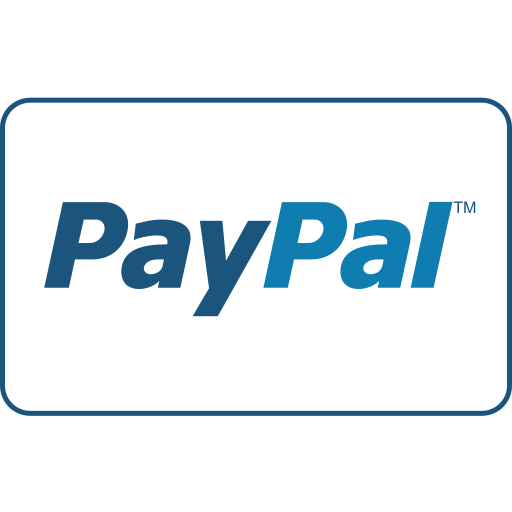
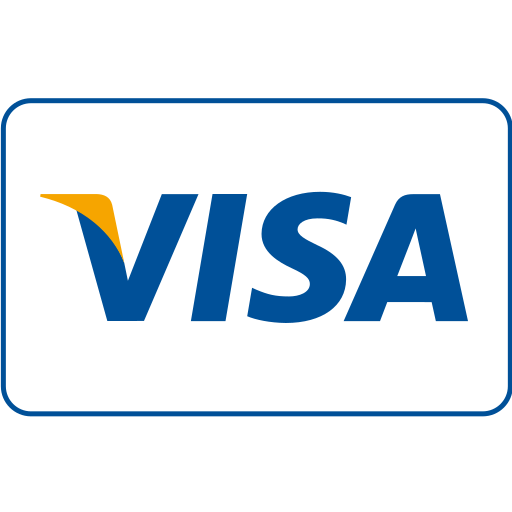
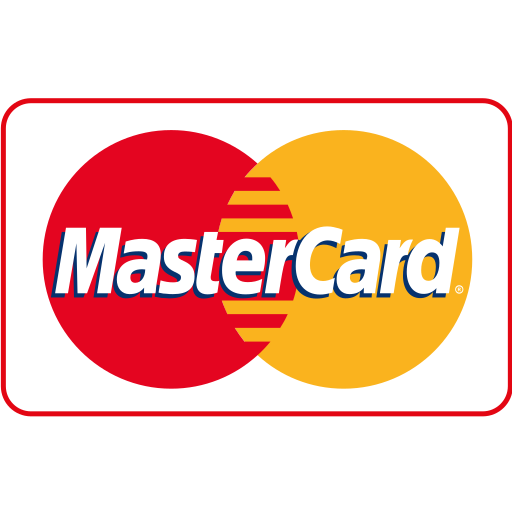
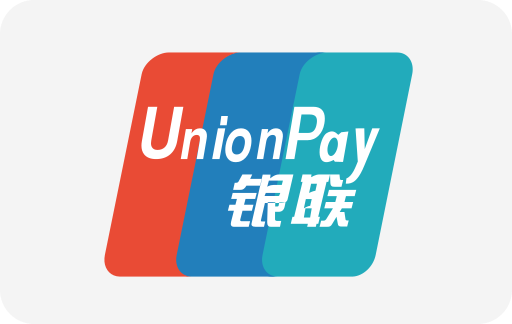
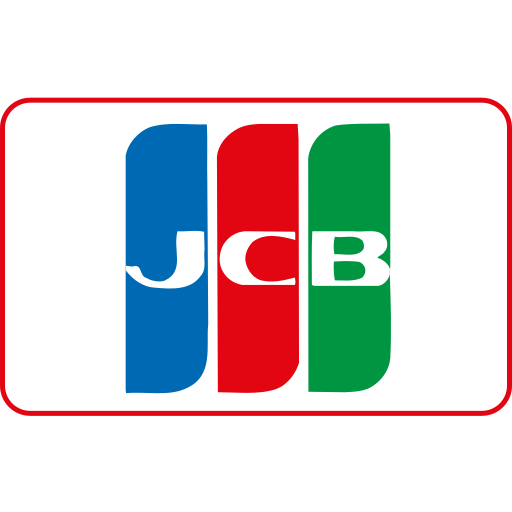
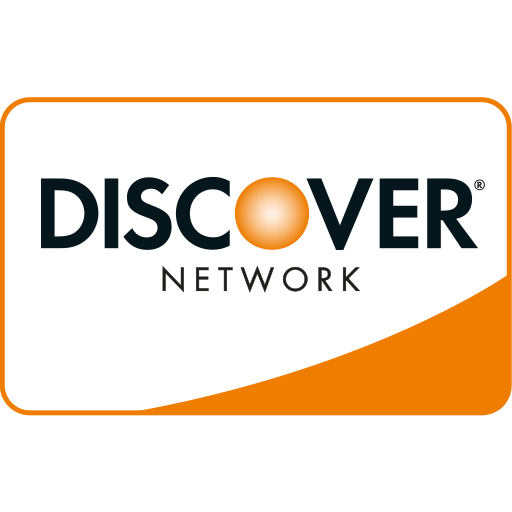
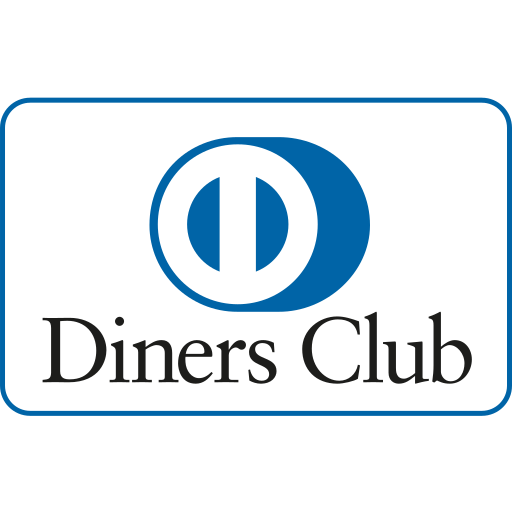

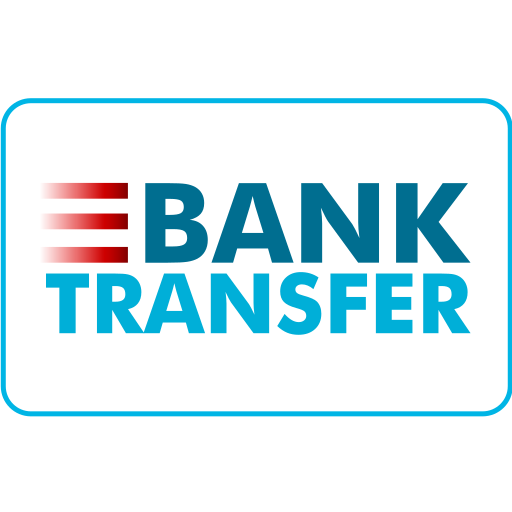
WebSeoSG offers the highest quality website traffic services in Singapore. We provide a variety of traffic services for our clients, including website traffic, desktop traffic, mobile traffic, Google traffic, search traffic, eCommerce traffic, YouTube traffic, and TikTok traffic. Our website boasts a 100% customer satisfaction rate, so you can confidently purchase large amounts of SEO traffic online. For just 40 SGD per month, you can immediately increase website traffic, improve SEO performance, and boost sales!
Having trouble choosing a traffic package? Contact us, and our staff will assist you.
Free consultation